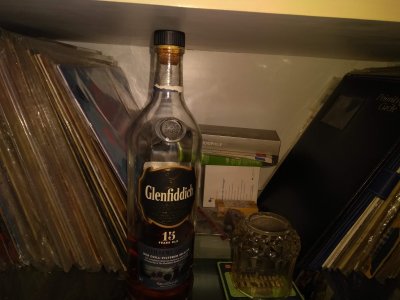Yes. Some Guy
Bruno Putzeys, Co-Founder
Inventor of UcD (Philips), probably still the most widely used class-D amplifier for upmarket audio products. Inventor of Ncore (Hypex), which is generally considered the first class-D amplifier to successfully compete with class-A on audio performance. Developed high performance A/D and D/A converter designs for Grimm and Mola-Mola. Co-founder for Kii Audio. Holds 9 patents and multiple patent disclosures
Let’s try this again - this time without the blind Appeal to Authority approach (“he said so, so it is true”).
Bruno Putzeys is SOME guy. John Curl is SOME guy. Nelson Pass is SOME guy. No one has a single monopoly on the perfect amplifier design - they all have their own beliefs on what makes a good amp and the engineering skills to achieve that goal. And while those engineering skills are far beyond ours, that doesn’t mean we have to agree with their belief on what makes a good amp.
What started this was my hypothesis that negative feedback destroys timbral accuracy. I have listend to Hypex-based amps (Rogue Audio). The NAD I own is based on an evolution of his design as well, incidentally. It still does not touch a single ended tube amp in making violins sound like violins and pianos sound like pianos. Not. Even. Close. Neither did the John Curl Parasound i used to own. So quoting some guy who makes amps that dont sound as good to my ears isnt exactly a resounding counter-argument. Here is what that sounds like:
Me: “negative feedback amps dont sound as good as zero feedback designs”.
The response -
some guy who makes negative feedback amp disagrees.
Yeah, that’s compelling. :eyeroll:
Let me put it another way:
- No audio system reproduces live, unamplified sound perfectly - it is all about tradeoffs
- Every designer makes tradeoffs based on what s/he thinks is important, and these tradeoffs result in different sound palettes, which appeal to different people
- Quoting one designer’s preferred belief system as to what is the best tradeoffs does not make it a truism.
So yeah. Some Guy.



